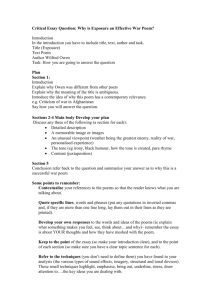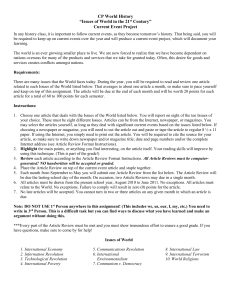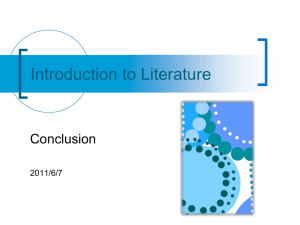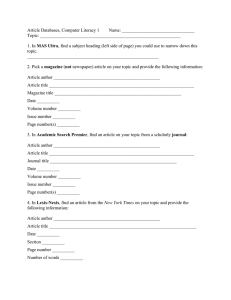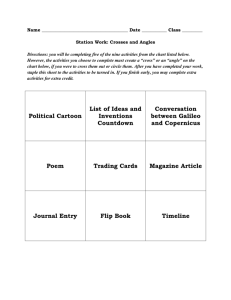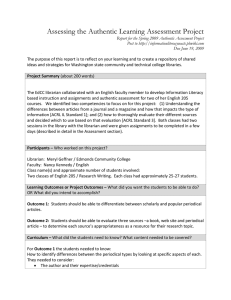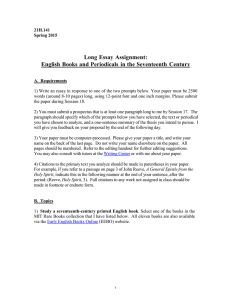Issues with Educational Technologies
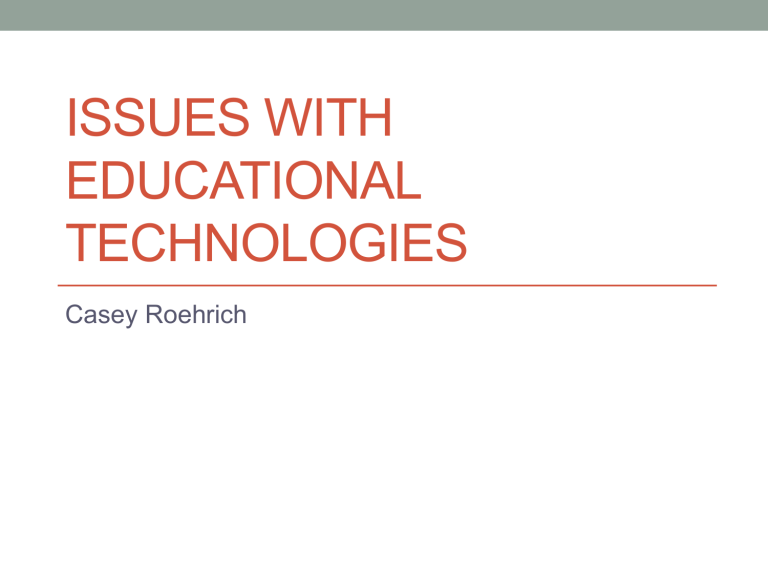
ISSUES WITH
EDUCATIONAL
TECHNOLOGIES
Casey Roehrich
Social: Security
• Protecting the technology in schools from thieves
• Extra security for rooms with technologies
• Makes teachers responsible for technologies in their room
• Vandalizing computers or other technology
• Making rules for computer labs
Ethical: Plagiarism and Privacy
• Technology makes cheating or plagiarizing much more accessible
• Teachers become responsible for protecting the children’s identities while using the internet
Legal: Copyright/Fair Use
• Copyright- term used to describe protections given to authors, musicians, artists, and others who create products from their original work.
• Current copyright laws were written in 1976
• Educators rely on various resources they find.
• Teachers can use small portions of copyrighted works without obtaining permission
• Fair use- People can commit minor violations of the copyright laws if they are doing so for criticism, comments, news reporting, teaching, scholarship, or research.
Legal: Copyright/Fair Use Continued
•
Examples of what can be copied:
A chapter from a book (never the entire book)
An article from a periodical or newspaper
A short story, essay, or poem. One work is the norm, whether it comes from an individual work or an anthology
A chart, graph, diagram, drawing, cartoon or picture from a book, periodical, or newspaper
Poetry: Multiple copies of a poem of 250 words or less that exist on two pages or less, or 250 words from a longer poem
Prose: Multiple copies of an article, story, or essay that has 2,500 words or less; or excerpts up to 1,000 words or 10 percent of the total work, whichever is less
Illustrations: Multiple copies of a chart, graph, diagram, drawing, cartoon, or picture contained in a book or periodical issue
Resources
• http://www.copyright.gov
• http://integratetech.net/issues#cop_fair_use

